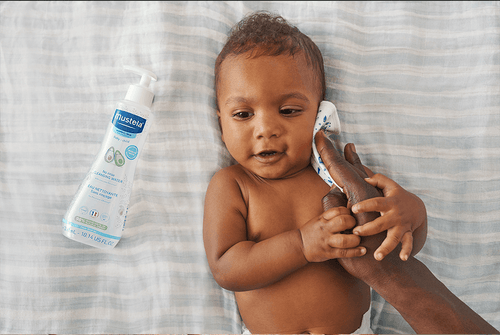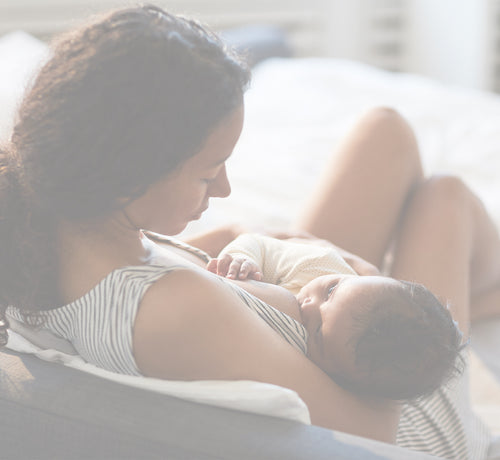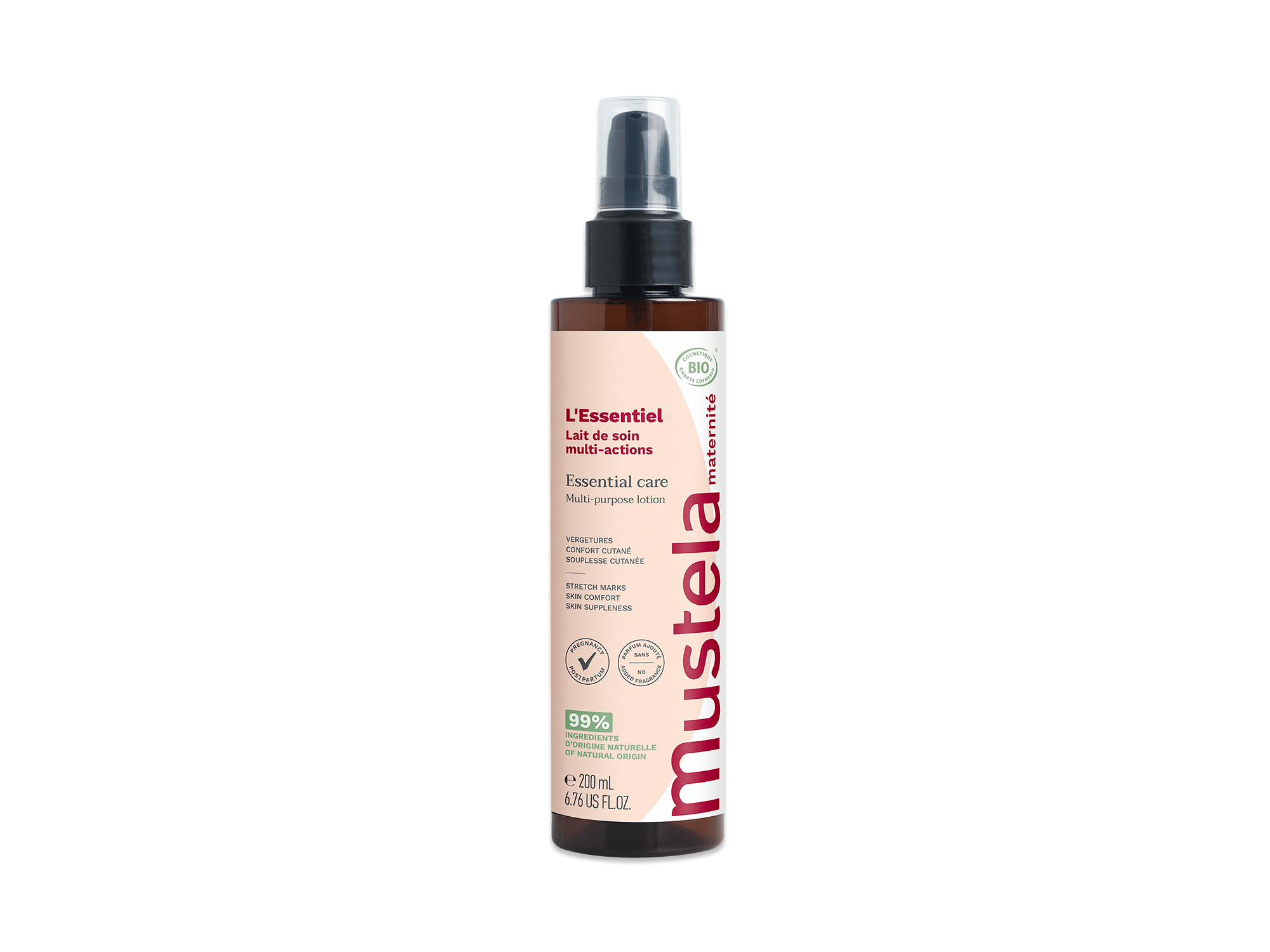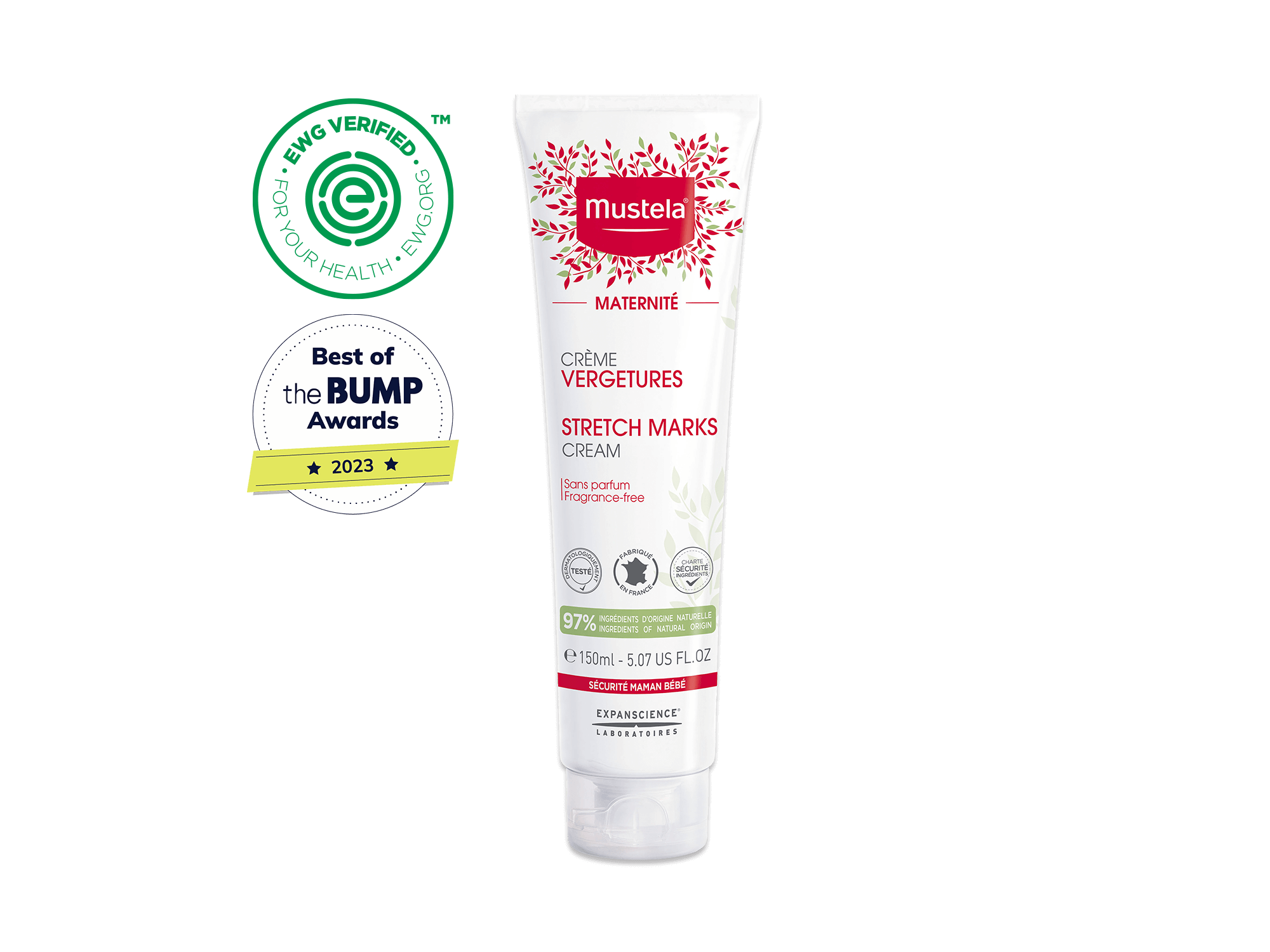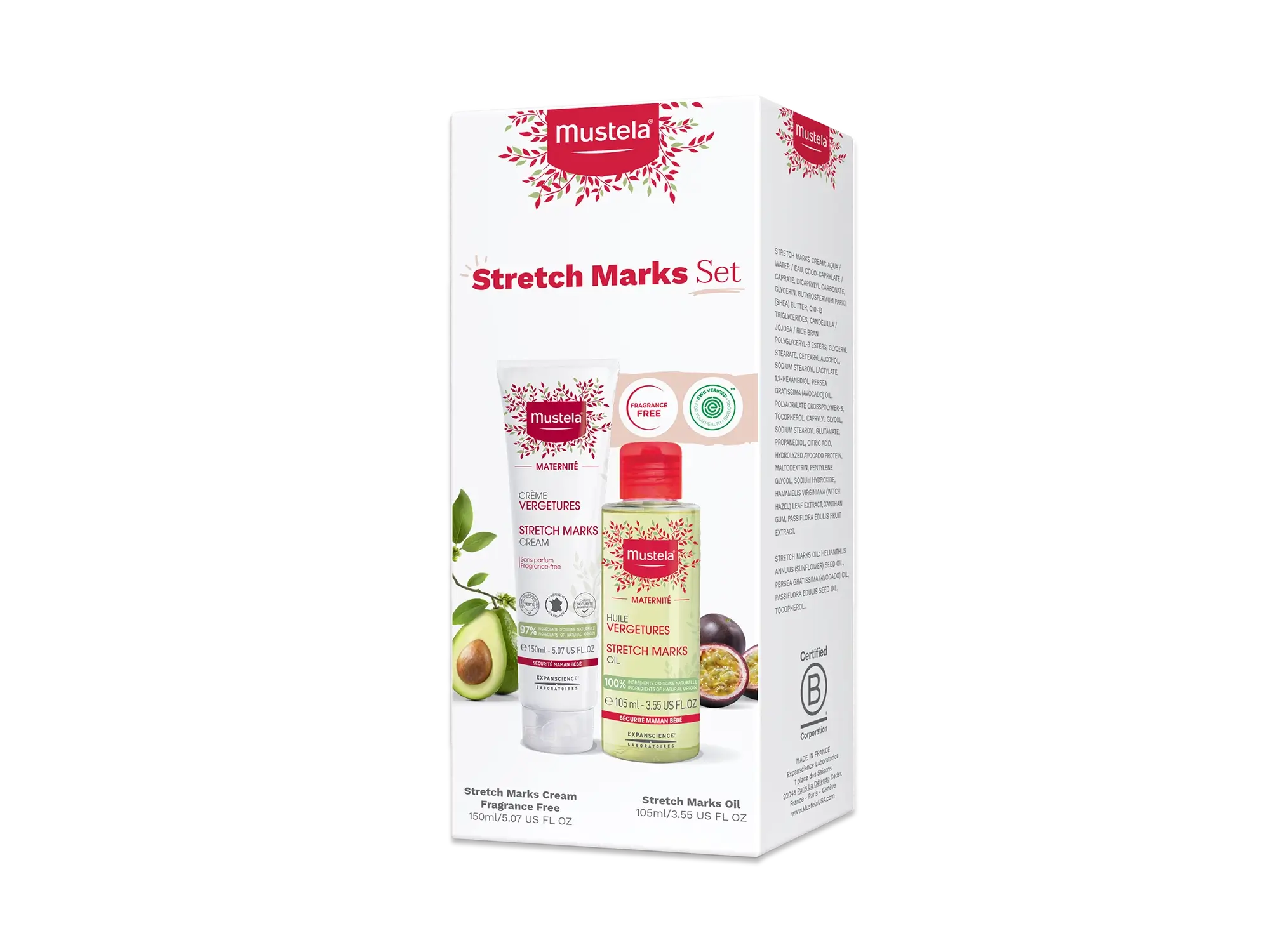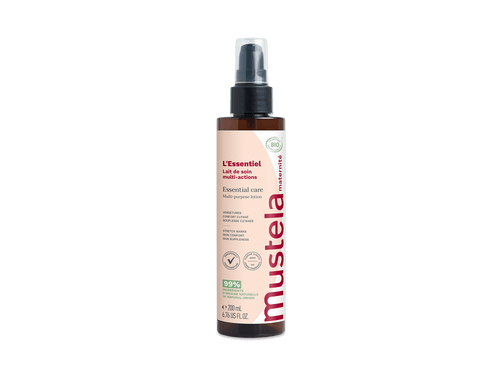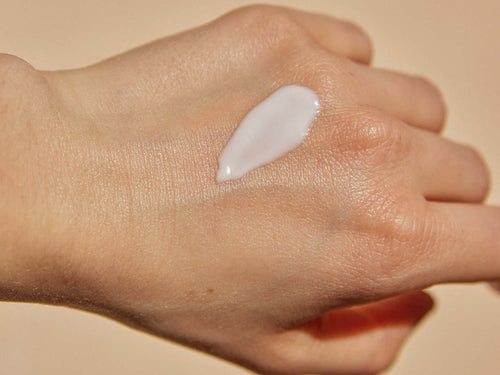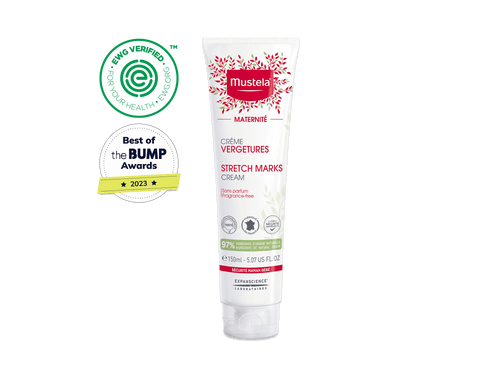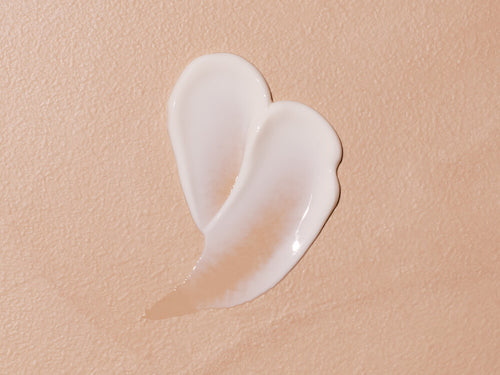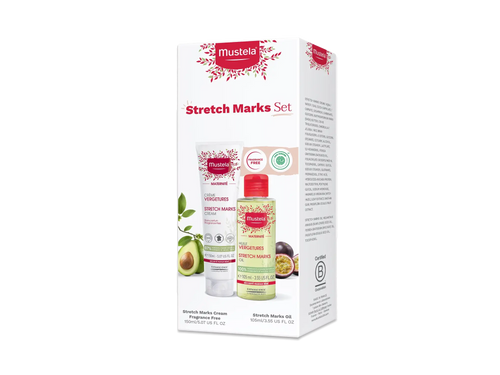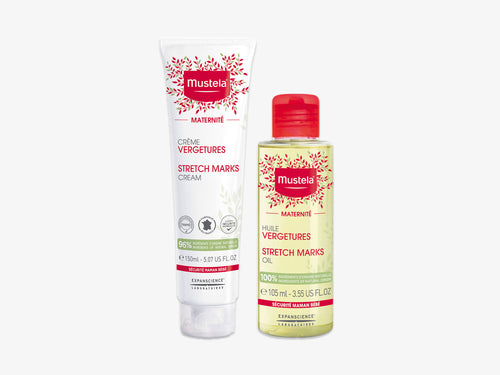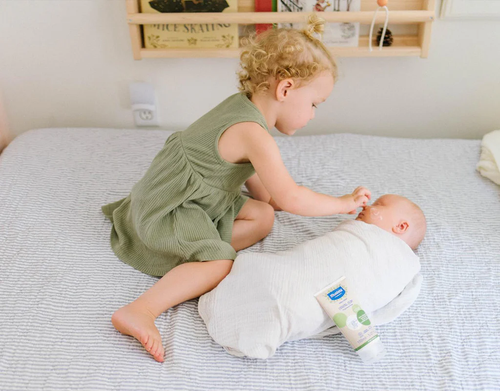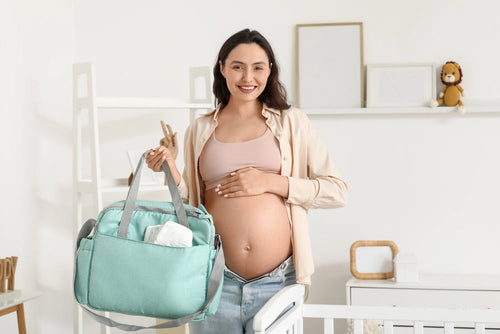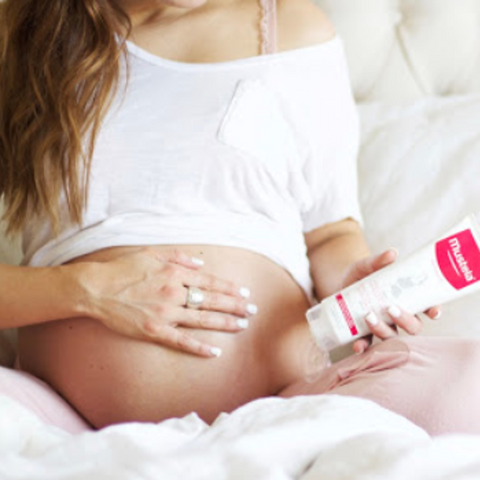You love the bonding that breastfeeding brings, but sometimes it can get a little uncomfortable. If you’ve been experiencing pain in your breasts or white spots on your nipple, you may be dealing with a milk bleb.
These tiny, pimple-like breastfeeding blisters can form on your nipple and make breastfeeding tricky. But don’t worry. We’ve got all the details you need about milk blebs and how to manage them.
Table Of Contents
What’s A Milk Bleb?
When you’re nursing, the milk duct openings in your nipples can occasionally get blocked. This can lead to a white or yellow blister-like dot known as a milk bleb. It’s also called a milk blister.
This blister acts as a plug, preventing milk from flowing correctly. As a result, you may wind up with a clogged duct, which can make breastfeeding painful. If left untreated, a serious infection called mastitis can develop.
Milk blebs are most common when you have a newborn and are still trying to get the hang of nursing. However, they can develop at any point in your breastfeeding journey.
Milk Bleb Symptoms
While a blister on your nipple while breastfeeding is the most obvious sign of a milk bleb, it’s not the only symptom you may notice.
Here are some others:
- Pain on your nipple or further up your breast
- A hard spot on your breast near the blister
- Redness or swelling in the area
- Stringy milk from the affected side
While some women will experience all of these symptoms, others may have very few. It’s possible to have a milk bleb without any pain.
Causes Of Milk Blisters On Your Nipple
Now that you know what a milk bleb looks like, you’re probably wondering how you got one in the first place.
The most common cause of these blisters on your nipple is a poor latch. If your little one isn’t latching correctly, it can cause irritation and inflammation. This, in turn, can lead to a milk bleb.
Other possible causes include:
- Trauma to your nipple
- Pressure or friction from a poor-fitting bra
- Engorgement
- Friction from a breast pump
Depending on the cause, you may notice one or several milk blisters on your nipples.
Can You Breastfeed With A Milk Bleb?
Milk blebs may make breastfeeding painful, but you can continue nursing your little one when you have one. The blister itself won’t affect the quality of your milk.
However, since breastfeeding will be painful, you may not be able to feed your baby as much. This can lead to a decrease in your milk supply.
While treating the blister on your nipple, it’s essential to keep an eye on your baby’s output. If you notice fewer wet or dirty diapers, it could mean they aren’t getting enough.
Offering the breast more often, even though painful, can help maintain your supply. You could also consider expressing milk with a breast pump and feeding your baby with a bottle until the blister heals.
Note: Sometimes, you’ll experience stringy milk with a milk bleb. It won’t hurt your baby, and it’s not a sign that your milk has spoiled.
How To Treat A Milk Bleb
If you find a milk bleb on your nipple, you can typically treat it at home. If all goes well, it should clear up in a few days.
Let’s look at what you can do to help encourage healing.
Apply Organic Comfort Nursing Balm
Organic Comfort Nursing Balm from Mustela can help soothe and heal the blister on your nipple. It’s made from 100% naturally derived food-grade ingredients that are safe for you and your baby.
Simply apply a small amount of the balm to your nipple after each breastfeeding session or as needed throughout the day. The organic olive oil can help soften the milk blister and loosen the plug it created.
Nurse Or Pump Often
Your baby can be the first line of defense against a milk bleb. Their sucking can help unclog the milk duct and clear up the blister.
If you’re worried about the pain, consider taking a nursing-friendly pain reliever, like ibuprofen, a few minutes before you feed your little one.
Offer the affected side first, as the initial strong let-down can help dislodge the blockage. This will also keep your breasts from becoming too full, which can further aggravate things.
When you position your baby, point their nose toward the blister to ensure a strong suck where you need it most. As they nurse, gently massage your breast to try and loosen the clog.
You can also use your hand or a pump to express milk between feedings. This can help relieve pressure in the breast so your milk can flow more freely.
Use A Warm Compress
Heat can help soften and smooth any breastfeeding blisters on your nipples. Simply soak a clean washcloth in warm water, wring it out, and hold it against your breast for about ten minutes.
Repeat this process as needed throughout the day.
Try A Gentle Massage
As we mentioned, massaging your breast during a feed can help loosen a milk bleb. But if you’re not comfortable doing this while your little one is eating, it can also be effective when done before or after mealtime.
No matter when you do the massage, here’s a quick explanation of how to do it:
- Place your fingers near the blockage and carefully massage in a circular motion.
- Work your way toward the tip of the nipple, applying gentle pressure on the milk duct.
- If you feel the clog start to release, slowly pull on the blister to see if any stringy milk comes out.
Use the tips of your fingers as you massage. Don’t pinch or squish your nipple, as this can cause more discomfort. Instead, use gentle motions and stop if you experience intense pain.
Seek Medical Treatment If Needed
With consistent home treatment, your milk bleb should disappear in a few days. If it doesn’t, or more severe symptoms develop, contact your doctor for advice.
Here are some signs that you should make an appointment:
- You have a fever or other flu-like symptoms
- The pain is intense and isn’t relieved by ibuprofen
- You’re worried your baby isn’t getting enough milk
- You feel angry or annoyed at your baby due to the pain
- You notice blood in your milk
Since milk blebs can lead to further complications, like mastitis, it’s important to get medical care if your symptoms persist.
How To Prevent Breastfeeding Blisters On Your Nipples

While there’s no guarantee that a milk blister won’t ever return, there are a few steps you can take to keep them from coming back.
Ensure A Good Latch
Check your baby’s latch every time they nurse. Their mouth should be wide open and go over part of the areola. If your baby is just sucking on the end of your nipple, they’re not latched correctly.
Try A Different Position

Nursing your baby in different positions can rotate the part of your breast your baby is stimulating. By keeping the milk moving throughout the area, you can reduce your chances of getting a milk bleb.
Experiment with positions like the football hold or side-lying to switch it up.
Keep Your Nipples Soft
Cracked nipples can easily lead to milk blebs. To keep your nipples soft, apply Organic Nursing Balm from the Mustela Maternity Line a couple of times a day.
Empty Your Breasts Regularly
Milk blebs are more common when breasts are overfull. Keep milk moving through your ducts by nursing or pumping regularly. Aim to drain both sides completely during each feeding session.
Wear Loose Clothing
If your bra or shirt is too tight, it can irritate your nipple and lead to milk blebs. Opt for comfortable clothes that fit well.
Prioritize Rest
Your body needs to rest to heal. Make it a point to sit down and relax during feedings. Allow yourself to nap when your baby does, and don’t feel bad about asking others for help.
Say Goodbye To Milk Blisters

Milk blebs are never fun, but they don’t have to derail your breastfeeding journey. By
nursing frequently, applying Organic Nursing Comfort Balm, and massaging the area, you can say goodbye to milk blebs and enjoy the benefits of breastfeeding without the pain.

